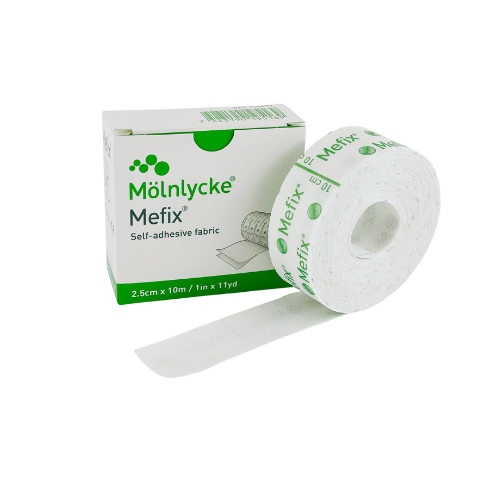Microlearning is gaining recognition as a highly effective educational approach, especially when traditional, lengthy training can be overwhelming. In a world filled with distractions from gamification, content overload, and an excess of visuals, microlearning stands out as a powerful solution for improving knowledge retention and learner engagement.
For organizations seeking efficient and flexible training solutions, microlearning offers several key advantages. Below are the top five benefits of microlearning.
1. Microlearning Fosters Greater Engagement
In today’s fast-paced world, keeping learners engaged is essential for successful learning. Microlearning breaks down complex content into smaller, more digestible pieces, allowing learners to stay focused and interested. With shorter lessons, learners can absorb information without feeling overwhelmed, making the process more enjoyable and interactive.
By incorporating flashcards, quizzes, and videos into microlearning courses, learners remain actively engaged. The shorter, focused bursts of knowledge make learning less time-consuming, helping learners retain information better compared to traditional, longer courses. This increased engagement makes microlearning particularly effective.
2. Microlearning Improves Knowledge Retention
Research shows that people struggle to maintain focus on a single task for extended periods. Microlearning addresses this by presenting content in small chunks, allowing learners to revisit and practice concepts frequently. The bite-sized nature of microlearning ensures that learners can absorb and retain critical information more effectively.
Because each microlearning module focuses on a single objective, it reduces the risk of information overload. Learners can clearly understand the course content and what is expected of them. Additionally, the use of engaging media, such as 3D animations, infographics, and flashcards, helps keep learners’ attention and improves long-term retention of the material.
3. Microlearning Works Across All Devices
With the rise of smartphones and tablets, how we consume content has evolved. Microlearning caters to this shift by offering content that can be accessed from various devices, including laptops, smartphones, and tablets. This makes learning more flexible and accessible for learners who prefer to study on the go.
The adaptability of microlearning allows learners to choose when and where they want to learn, making it ideal for people balancing multiple responsibilities. In the age of remote working and mobile learning, the combination of microlearning and device compatibility offers a seamless learning experience.
4. Microlearning is Easily Updated
One of the most significant advantages of microlearning is its ability to be easily updated. When courses are broken into smaller modules, it’s easier to update specific content without having to redesign an entire training program. This feature is particularly valuable when dealing with rapidly changing industries, where content must remain current.
Updating a single microlearning video or lesson takes far less time and effort than updating a comprehensive course. This makes microlearning a cost-effective and efficient solution for keeping training material up to date.
5. Microlearning Offers Personalization
Microlearning excels in offering personalized learning experiences. Thanks to the technology that powers microlearning platforms, learners’ progress and preferences are tracked, allowing for a more tailored approach to education. Learners can focus on their areas of interest, address gaps in their understanding, and proceed at their own pace.
In traditional classroom settings, courses are often designed to cater to the average learning speed, which may lead to fast learners becoming disengaged or slower learners falling behind. Microlearning allows each student to control their own learning journey, providing a more meaningful and individualized experience.
Conclusion
Microlearning is designed to offer targeted, bite-sized content that achieves specific learning goals. Whether it’s through games, quizzes, videos, or other rich media, microlearning modules are concise and engaging, usually lasting between three to six minutes.
This approach is not only efficient and flexible but also cost-effective, making it an ideal solution for today’s time-pressed learners. Microlearning fosters deeper engagement, improves retention, works across all devices, and offers easy updates and personalization—all while making the learning process more intuitive and satisfying. It’s a powerful tool for anyone looking to learn efficiently and effectively in a modern, fast-paced environment.




